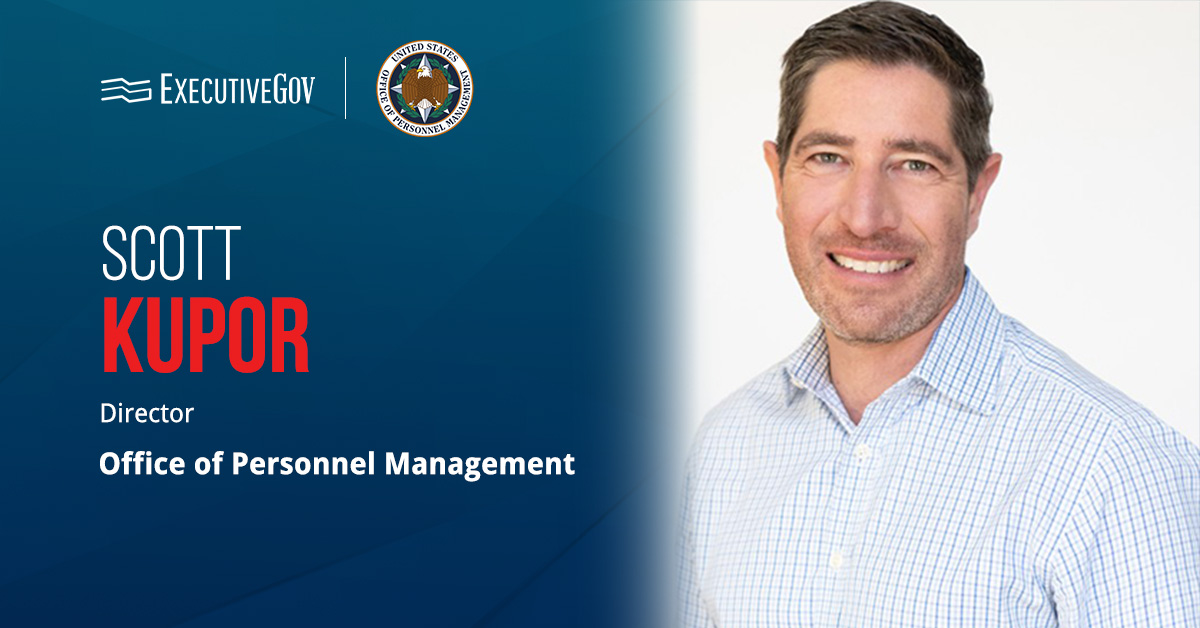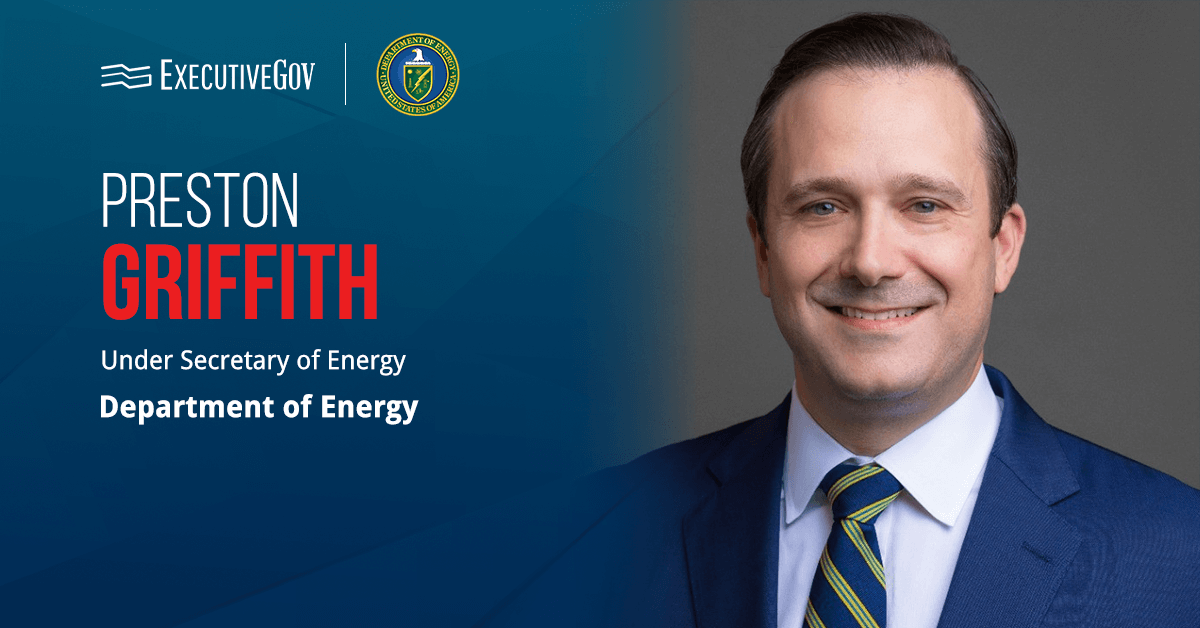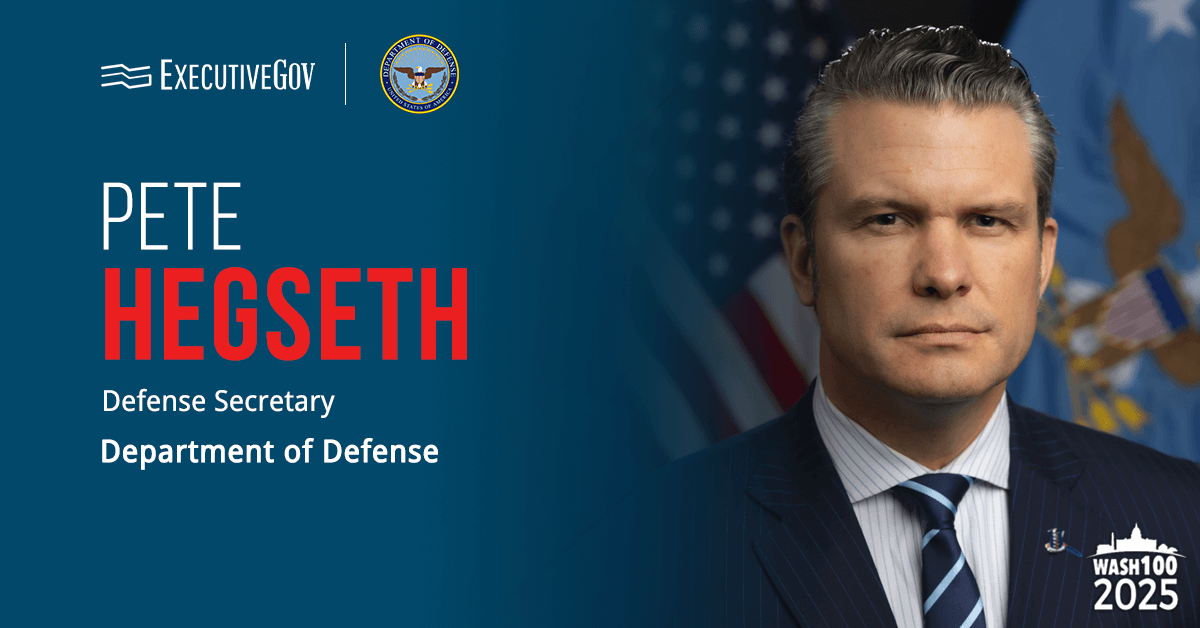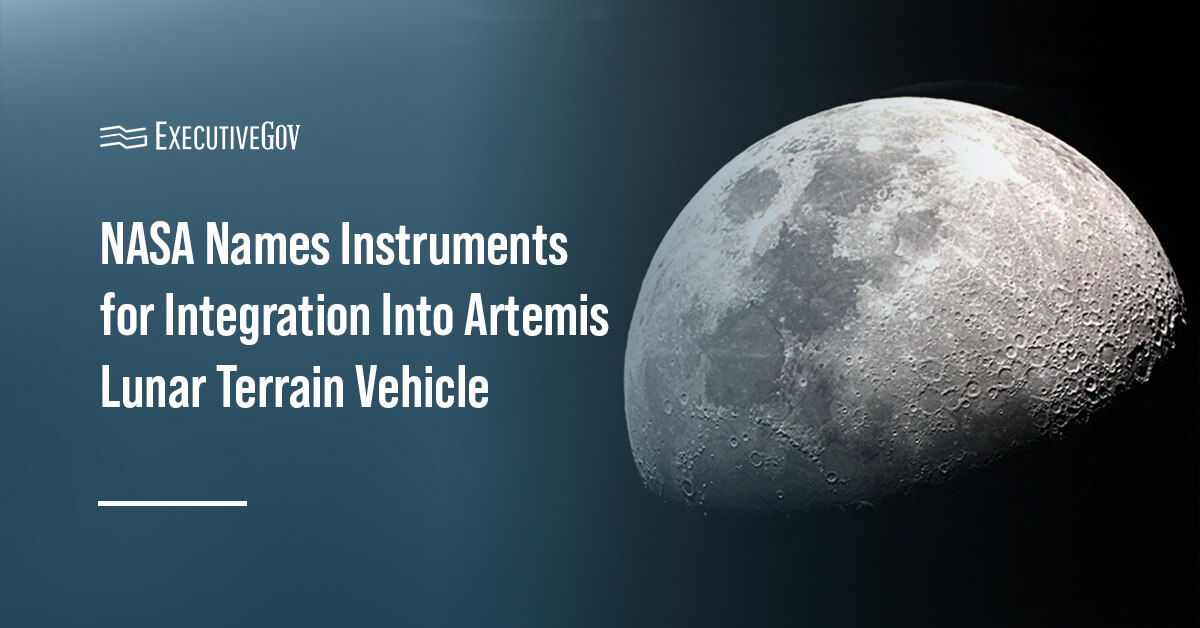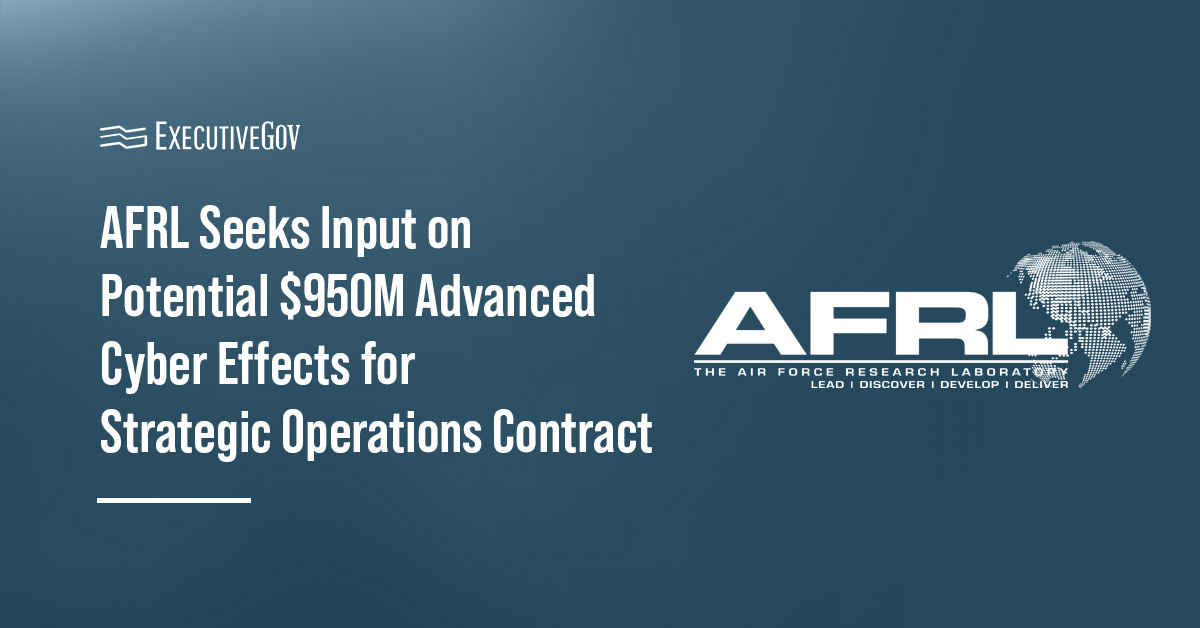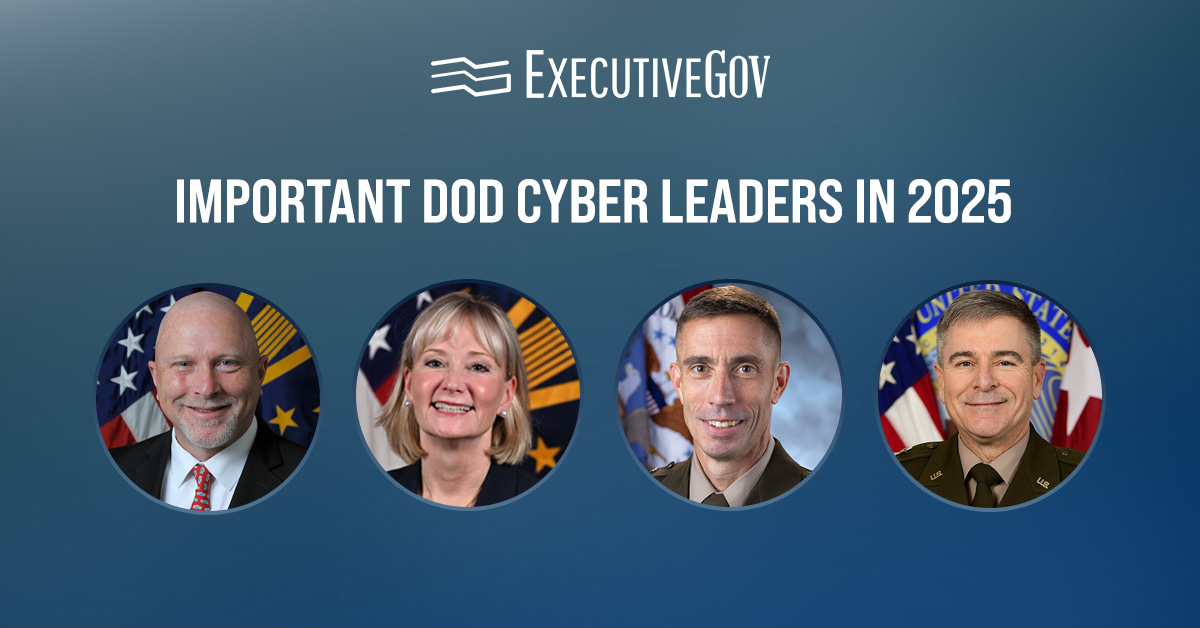The Senate on Wednesday voted 49-46 to confirm Scott Kupor, managing partner at venture capital firm Andreessen Horowitz, to be the next director of the Office of Personnel Management.
Federal News Network reported that Kupor will take over responsibilities from Charles Ezell, who has been serving as acting director of OPM since January.
According to FNN, Kupor will be in charge of advancing the Trump administration’s proposed changes to the federal workforce. OPM has initiated several changes, including updating performance management standards, revising the rules concerning federal probationary periods and adding a new Schedule Policy/Career employment classification.
Table of Contents
Designing a Talent Recruitment & Management System for Federal Employees
In April, Kupor appeared before the Senate Homeland Security and Governmental Affairs Committee and said that if confirmed for the post, he said he would design and establish a “talent recruitment, development and management system that empowers federal employees to provide the best services to all Americans – one in which innovative thinking and efficiency drive decision-making and personal growth opportunities.”
In his prepared remarks, he told lawmakers that he will work with Congress, the president and government agencies to get the fiscal house in order.
Kupor also highlighted the importance of incentives, accountability, communication, leadership, culture and transparency during his confirmation hearing.
Who Is Scott Kupor?
At Andreessen Horowitz, Kupor was responsible for the firm’s growth initiatives, investor relations team and growth-stage companies in the bio and healthcare industries.
Before joining the venture capital firm, he served as vice president and general manager of software-as-a-service at Hewlett Packard.
Prior to HP, the newly confirmed OPM director worked at Opsware, where he held executive management roles, including senior VP of global field operations, VP of financial planning and VP of corporate development.
The author of the book “Secrets of Sand Hill Road: Venture Capital and How to Get It” sits on the boards of several companies, including Cedar, Formation Bio, Foursquare, Headway, Labster, SnapLogic, Talkiatry, Tanium and Ultima.
Kupor holds a bachelor’s degree in public policy and a law degree from Stanford University.


